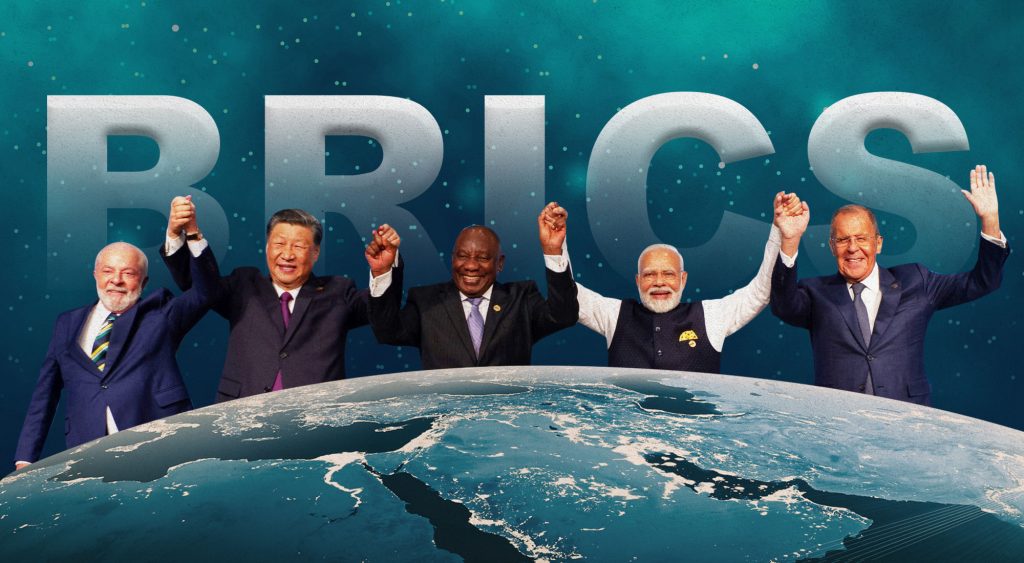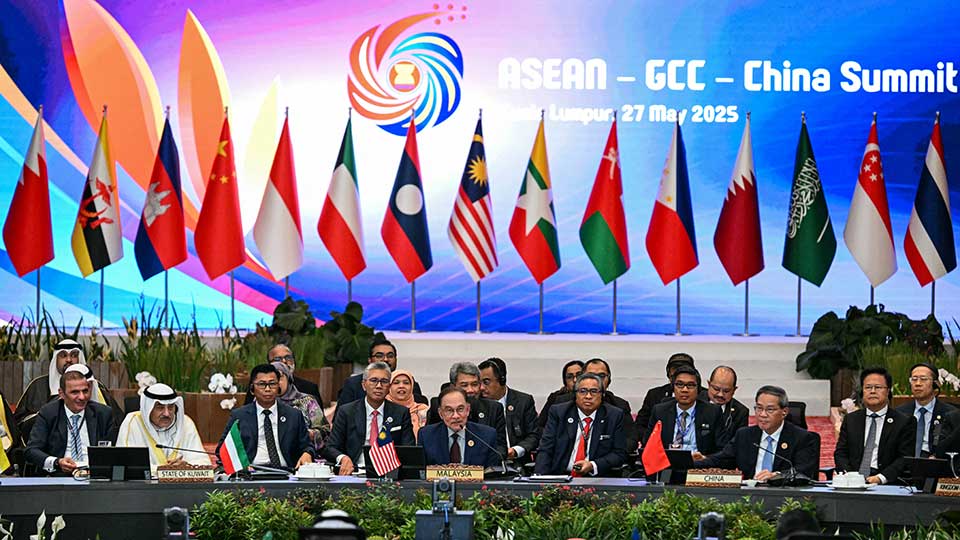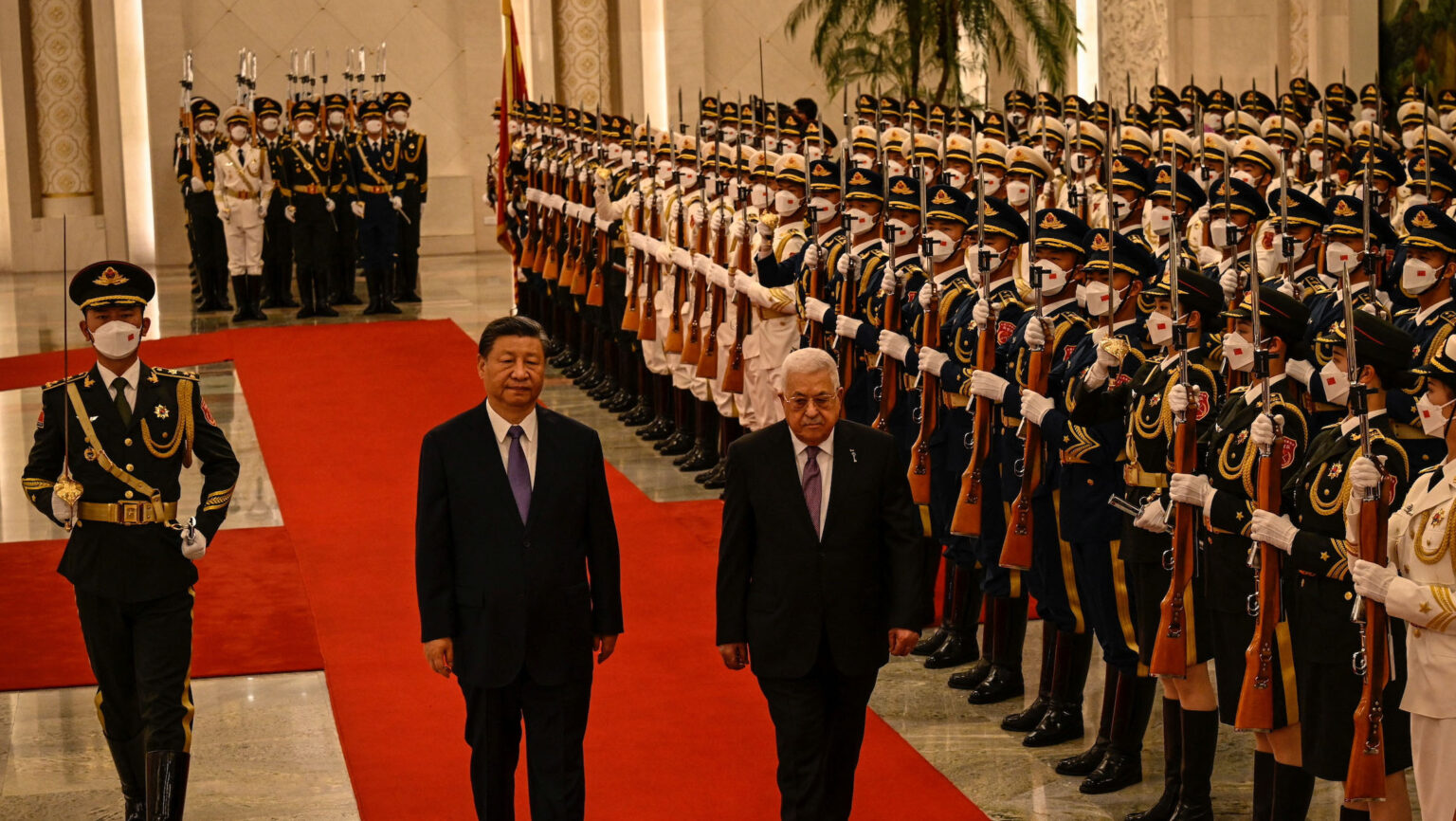In today’s rapidly changing world, the landscape of global development is shifting. Traditional aid from Western nations, while still important, is being complemented and sometimes overshadowed by emerging donors. Two major players stand out: China and the Gulf Cooperation Council (GCC) countries. Together, they are redefining how international development is approached, funded, and executed. Their strategies, resources, and global reach are creating tangible change in many regions, from Asia and Africa to the Middle East and beyond.
This article explores how China and Gulf countries are reshaping global development, highlighting their strategies, successes, challenges, and the real-world impact of their interventions.
China’s Belt and Road Initiative: Connecting the World
China’s Belt and Road Initiative (BRI), launched in 2013, is one of the most ambitious development strategies in recent history. Its goal is not only to improve infrastructure but to build a network of economic partnerships across continents. By investing in highways, railways, ports, and energy projects, China aims to foster growth, increase trade, and enhance regional connectivity.
The BRI is much more than a series of construction projects. It represents a vision for global economic integration, one where developing countries can gain access to modern infrastructure and industrial resources. Many countries in Africa and Asia that previously struggled with inadequate transport and energy facilities are now benefiting from Chinese investment. These projects open doors for trade, investment, and knowledge transfer, enabling nations to participate more effectively in the global economy.
Moreover, China’s approach often includes technical training, project management support, and knowledge sharing, ensuring that the benefits of these projects extend beyond physical infrastructure. Local workers are employed, industries are stimulated, and economies are gradually strengthened.
Gulf Cooperation Council: Strategic Aid and Development
The GCC countries—Saudi Arabia, the United Arab Emirates, Qatar, Kuwait, Oman, and Bahrain have become influential players in global development. Their foreign aid strategy combines financial support with strategic partnerships, targeting regions where they have historical, cultural, or economic connections.
Gulf aid is often focused on three key areas: humanitarian assistance, economic development, and infrastructure projects. From providing emergency relief in disaster-hit areas to funding hospitals, schools, and water systems, Gulf countries are making long-term contributions to global development.
Their aid approach is unique because it frequently blends philanthropy with investment. By funding projects that are both socially beneficial and economically viable, GCC countries create opportunities for sustainable development. This approach has helped them establish a strong presence in Africa, Asia, and the Middle East, where they are recognized as reliable partners for growth.

Synergy Between China and the Gulf: Amplifying Impact
One of the most significant trends in global development is the emerging synergy between China and the GCC countries. When combined, their efforts are greater than the sum of their parts. China provides the infrastructure expertise and project management capabilities, while Gulf countries contribute financial resources and regional influence.
This collaboration has enabled large-scale development projects that would be difficult for a single donor to implement. For example, a BRI railway project financed by China can be complemented with Gulf investment in ports, energy plants, or industrial zones along the route. Such coordination ensures that development projects are more sustainable, comprehensive, and beneficial to local populations.
Beyond infrastructure, this partnership also extends to technology, finance, and education. Collaborative projects often include the creation of industrial parks, vocational training centers, and educational institutions, providing both immediate employment and long-term skills development.
Real-World Impact: Transforming Economies
The combined influence of China and Gulf countries has led to significant economic transformation in many developing regions. In Africa, Chinese-built railways and ports have reduced transport times and costs, making local industries more competitive. Gulf investments in agriculture, energy, and finance have boosted productivity, enhanced food security, and created thousands of jobs.
For instance, in East Africa, ports constructed under the BRI have become regional hubs for trade, benefiting multiple neighboring countries. Meanwhile, Gulf-funded agricultural projects are increasing crop yields and supporting local farmers with modern techniques. These initiatives demonstrate how international collaboration can directly improve the livelihoods of communities while driving economic growth.
In the Middle East, this collaboration has supported post-conflict reconstruction, urban development, and economic diversification. Countries such as Iraq, Yemen, and Sudan have received both infrastructure development and humanitarian assistance, helping to stabilize economies and promote social cohesion.
Challenges in Global Development Partnerships
Despite the successes, challenges remain. One significant concern is debt sustainability. Many countries receiving large-scale loans and investments struggle to repay them, which can create economic strain. Governance and transparency are also critical issues; without strong oversight, funds may not reach intended projects, or resources may be mismanaged.
Environmental sustainability is another key challenge. Large infrastructure projects can have unintended ecological consequences, from deforestation to water pollution. Both China and Gulf countries are increasingly aware of these risks and are adopting measures to mitigate them, such as incorporating environmental assessments and sustainable practices into project planning.
Furthermore, geopolitical tensions can affect development projects. Conflicts between donor countries or within recipient regions can delay or halt critical projects. Navigating these political landscapes requires careful diplomacy and long-term planning.

Opportunities for Inclusive and Sustainable Growth
The challenges mentioned above also create opportunities for innovation. Donors can improve the effectiveness of their programs by prioritizing sustainability, transparency, and inclusivity. For example, local communities can be involved in project planning to ensure that development initiatives address their real needs.
Education and skill development are essential components of this strategy. By training local populations to maintain and manage infrastructure, countries reduce dependency on foreign expertise and create long-term economic opportunities. Similarly, promoting green technologies and renewable energy within development projects can ensure that growth is environmentally sustainable.
Collaborative projects between China and the Gulf also serve as models for other nations. They demonstrate that partnerships between emerging donors can be highly effective, provided there is a clear strategy, mutual respect, and a focus on long-term development goals.
Human Impact: Stories Behind the Numbers
Behind every project, investment, and policy, there are real people whose lives are changed. In rural African villages, a newly built irrigation system can transform a struggling community, enabling farmers to harvest crops year-round. In Middle Eastern cities, modern hospitals and schools funded by Gulf donors and constructed with Chinese expertise provide better healthcare and education for thousands of children.
These human stories highlight the ultimate purpose of global development: improving lives. Infrastructure, economic growth, and financial investments are tools, but the goal is to create opportunities, reduce poverty, and foster stability. By focusing on tangible human outcomes, China and Gulf countries are helping to build societies that are more resilient, equitable, and hopeful.
Future Prospects: A Global Development Revolution
Looking ahead, the partnership between China and the Gulf promises to continue reshaping global development. Their focus on infrastructure, technology, and education, combined with strategic investments and humanitarian aid, is creating new opportunities for developing countries.
As the world faces challenges such as climate change, population growth, and economic inequality, these emerging donors offer innovative solutions. They are demonstrating that global development can be proactive, collaborative, and focused on sustainable impact.
Moreover, the partnership sets a precedent for other countries and regions to follow. By pooling resources, sharing expertise, and aligning goals, nations can achieve more than they could individually. This new model of international cooperation is likely to define the future of development efforts worldwide.
Conclusion: A Shared Vision for Global Progress
The collaboration between China and the Gulf Cooperation Council countries is redefining global development. Their combined efforts are fostering economic growth, improving infrastructure, creating jobs, and enhancing human well-being in multiple regions.
While challenges exist, the opportunities are immense. By prioritizing sustainability, inclusivity, and local empowerment, these emerging donors are building a more connected and prosperous world.
Their work is a powerful reminder that strategic partnerships, when guided by vision and purpose, can create transformative change. From infrastructure projects to human development initiatives, China and Gulf nations are proving that collaboration is the key to a brighter, more equitable global future.
Through their continued commitment, they are not just reshaping economies they are reshaping lives, hope, and the very meaning of global development.
Do follow Gulf Magazine on Instagram.
Also Read – Gulf Coast Shrimp Fraud Exposed: How Restaurants Mislead Consumers



